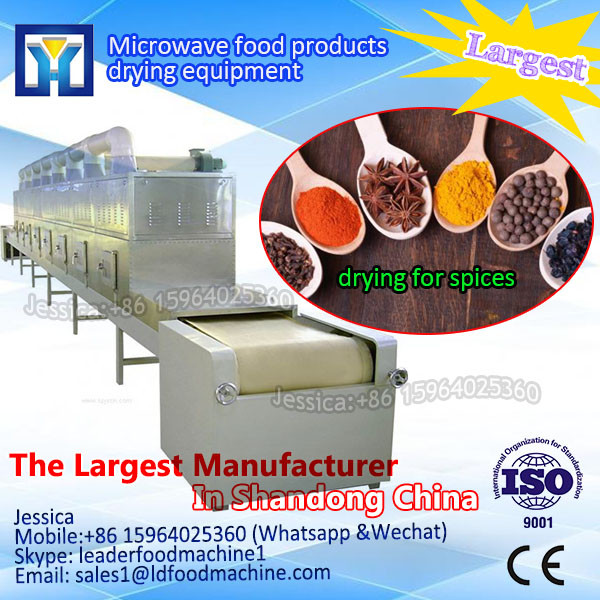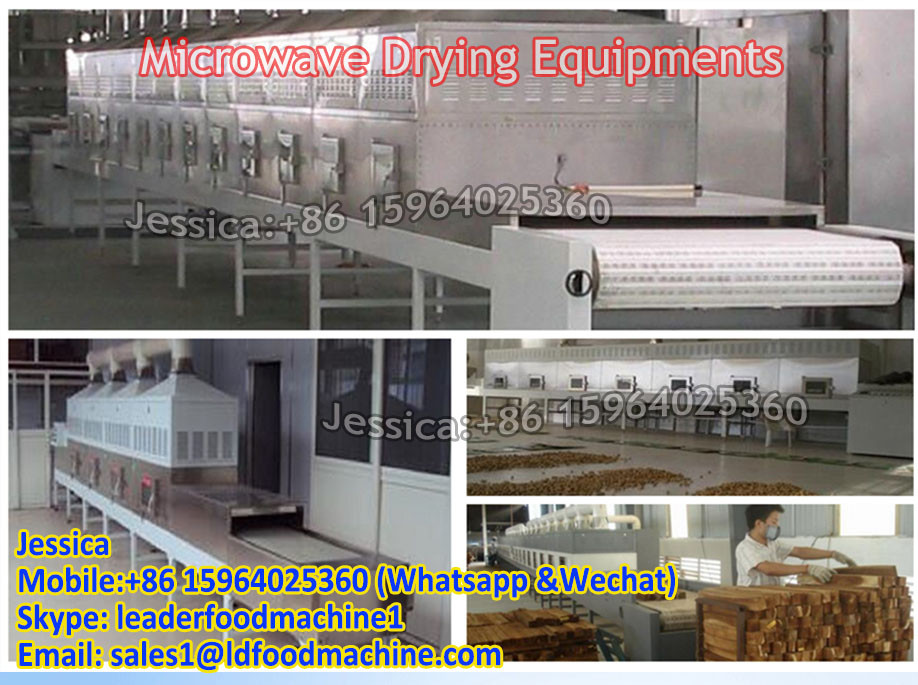Technical process
1 Feeding. Using helical conveyor feeding dehydrated sludge which solid content rate is 15%-30%, some times will carry out pre-mixing for tiny dried sludge after sieved and wet sludge according to characteristic of sludge.
2 Heat resource producing. The machine could use steam or oil to be as resource of heat exchange. Temperature of general thermal fluid is 180°C-200°C. Heat medium is introduced to hollow drier shell and rotating shaft, rotating oar.
3 Sludge drying. Surface of heated metal is content with sludge, to evaporate the moisture in sludge. Along with axial length of drier, water steam will experience constant evaporation rate phase and low evaporation rate phase. There are plasticizing, plastic breaking, massing and granulating four steps in sludge. The temperature of discharging sludge is 100°C-110°C. Solid content rate is above 90%.
4 Cooling and sieving. There are two methods in cooling: direct cooling and indirect cooling, then sieving sludge after cooling, or use molding machine to make the shape of sludge.
5 Condensation and recovery. Hot steam in drier will be sent to the condenser, recover the solvent. Non condensable gas will be sent into boiler to become heat resource. Condensated water will be sent to sewage plant.
5 Condensation and recovery. Hot steam in drier will be sent to the condenser, recover the solvent. Non condensable gas will be sent into boiler to become heat resource. Condensated water will be sent to sewage plant.


Applicable for drying or cooling of paste, particle, powder and slurry state of material, perform the process of drying, cooling, heating, sterilizing, reacting and combustion under low temperature. The special stirring and heating transferring blade, makes high heat transferring efficiency, and provide self-cleaning function. The special chock shaped stirring and heat transferring blade has high heating efficiency and self-cleaning function of the heating transferring surface.
Hollow chock shaped blades are concentrated on the hollow shaft. Heat media flow through the blade from the hollow shaft. The heat transferring area in the effective volume is very high. The temperature range of heating media is -40 °C to 320 °C . It might be steam, or liquid state, such as steam, thermal oil etc. Indirect heating, there's no heat carried out by air. All heat is utilized for to drying the material except the lost of heat insulation layers. The surface of chock shaped blade has self-cleaning function. The relative movements of the product particles and the chocked shaped surface might clean the material attached to the chock shaped surface, so to keep the cleanliness of heat transferring surface during working. The shell of hollow blade dryer is Ω shape. 2 or 4 pieces of hollow stirring shaft are usually equipped in the shell. To avoid any leakage of material, there're sealed terminal cover and top cover with the shell. The heat transferring media flow through the rotation connector, jacket's shell and hollow stirring shaft. To ensure best transferring effect, the hollow stirring shaft adopts different interior structure in accordance with different heating media.
1. The heat consumption of blade is low: No heat carried out by the air because of indirect heating; there's no heat insulation layer with the exterior wall of the dryer. It consumes 1.2 kg of steam to evaporate 1kg of water for to drying slurry state of material.
2. The cost of the blade dryer is low: The unit effective volume has very large heat transferring surface, so the processing time is shorted, the size of the equipment becomes small. The building area and place are sharply decreased.
3. The range of material to be processed is wide: Heat sensitive material and the materials to be processed under high temperature might be processed with different heating media. The normal media are: steam, thermal oil, hot water and chill water. It might be continuous or batch operation, widely used in many areas.
4. The pollution is less: Without any carrying air, very few powder is carried out. The solvent evaporated is very few, it easy to be processed. For the material that might cause pollution or the solvent to be recovered, it might adopt sealed circulation.
5. The operation cost is low: 1hour/day.operator is enough for normal operation. Low stirring speed and reasonable structure, the worn amount is few, and the maintenance fee is low.
6. Steady operation: The material particles fully contact heat transferring surface, because of the special compressing and LDell-stirring effect of the chock shaped blade. The difference of the temperature, humidity and mixing effect are very small in the different axial area, so to ensure the stability of process.
The blade dryer is successfully applied in foodstuff, chemical, petrochemical, dyestuff, and industrial mud etc. The heating transferring, cooling and stirring characters enable it to perform the following unit operation: combustion (low temperature), cooling, drying (recovery of solvent), heating (melting), reacting and sterilizing. The stirring blade is heat transferring surface too, so to increase heat transferring area of unit effective volume is increased, and decrease processing time. The chock shaped heat transferring surface has self-cleaning function. Compressing and LDell-stirring functions make the material mixed uniformly. The material perform the movement of "piston flow" along the shaft. The difference of the temperature, humidity and mixing effect are very small in the different axial area. The blade dryer is capable to perform combustion under low temperature if we adopt thermal oil as heating media, such as Ca2S04 · 2H2O is combusted into Ca2SO4 · 1/2H2O, NaHCO3 is combusted into Na2CO3 and so on. It's capable for cooling process with water and chill salted water etc, such as base cooling machine in Na2CO3 industry, instead of the old style base air cooler, so to save power and the processing equipment for tail air, and save operation cost. Drying is the main function of this machine. Drying without hot air makes the process of solvent recovery, energy consumption, control of environment ideal, easy to teat. It's specially applicable for recovery of solvent and heat sensitive material that is easy to be combusted or oxidized. It has been widely used in fine chemical, petrochemical, and dyestuff industries. The uniformity of temperature, humidity and mixing effect in axial areas make the equipment capable for heating and melting, or reaction of solid material. It's successfully applied in mixed fertilizer and character transformed starch industries. The blade dryer is also capable for sterilizing food and starch. The big heating area in unit effective area, dry the material to sterilizing temperature very fast, so to avoid quality change caused by long time heating.
| spec\item | QJ3 | QJ9 | QJ13 | QJ18 | QJ29 | QJ41 | QJ52 | QJ68 | QJ81 | QJ95 | QJ110 |
| Heat transferring area m2 | 3 | 9 | 13 | 18 | 29 | 41 | 52 | 68 | 81 | 95 | 110 |
| effective volume m3 | 0.06 | 0.32 | 0.59 | 1.09 | 1.85 | 2.8 | 3.96 | 5.21 | 6.43 | 8.07 | 9.46 |
| range of rotating speed r.m.p | 15-30 | 10-25 | 10-25 | 10-20 | 10-20 | 10-20 | 10-20 | 10-20 | 5-15 | 5-15 | 5-10 |
| power kw | 2.2 | 4 | 5.5 | 7.5 | 11 | 15 | 30 | 45 | 55 | 75 | 95 |
| width of vessel mm | 306 | 584 | 762 | 940 | 1118 | 1296 | 1474 | 1652 | 1828 | 2032 | 2210 |
| total width mm | 736 | 841 | 1066 | 1320 | 1474 | 1676 | 1854 | 2134 | 1186 | 2438 | 2668 |
| length of vessel mm | 1956 | 2820 | 3048 | 3328 | 4114 | 4724 | 5258 | 5842 | 6020 | 6124 | 6122 |
| total length mm | 2972 | 4876 | 5486 | 5918 | 6808 | 7570 | 8306 | 9296 | 9678 | 9704 | 9880 |
| distance of material inlet & outlet mm | 1752 | 2540 | 2768 | 3048 | 3810 | 4420 | 4954 | 5384 | 5562 | 5664 | 5664 |
| height of center mm | 380 | 380 | 534 | 610 | 762 | 915 | 1066 | 1220 | 1220 | 1220 | 1220 |
| total height mm | 762 | 838 | 1092 | 1270 | 1524 | 1778 | 2032 | 2362 | 2464 | 2566 | 2668 |
| steam inlet “N” (inch) | 3/4 | 3/4 | 1 | 1 | 1 | 1 | 11/2 | 11/2 | 11/2 | 11/2 | 2 |
| water outlet "o" (inch) | 3/4 | 3/4 | 1 | 1 | 1 | 1 | 11/2 | 11/2 | 11/2 | 11/2 | 2 |